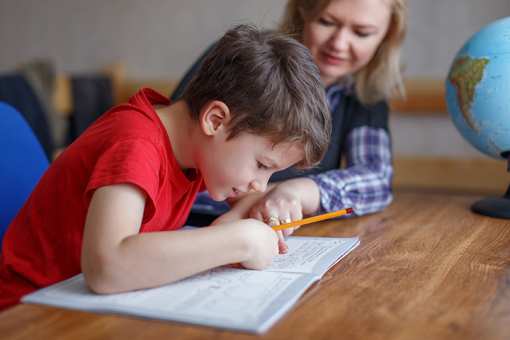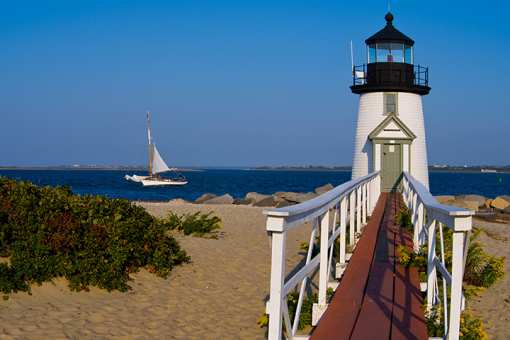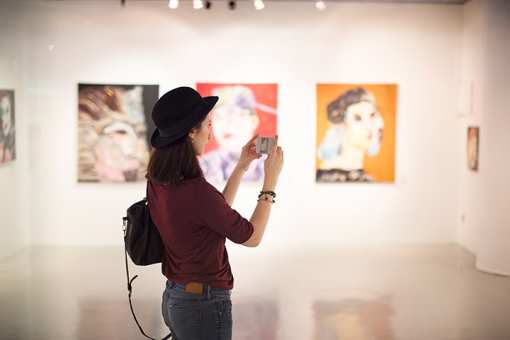The Boston Opera House (originally known as the B. F. Keith Memorial Theatre) is one of the finest examples of the vaudeville circuit palace at the pinnacle of its development. Designed in a combination of French and Italian styles by Thomas White Lamb, one of the foremost theatre architects of his day, it was erected under the close personal supervision of Edward Franklin Albee (1857-1930 and great-grandfather of the playwright of the same name) to memorialize his late partner, Benjamin Franklin Keith (1846-1914). Because it was constructed as a memorial and tribute to vaudeville's greatest impresario, it was built with a degree of luxury in its appointments that is almost unrivalled.
The building permit was issued on December 3, 1925, but demolition of B. F. Keith's Boston Theatre to clear the site delayed construction for nearly a year. Construction was well-advanced when the cornerstone was laid on August 25, 1927, and the inaugural program took place on October 29, 1928. The opening was attended by many theatrical luminaries, among them George M. Cohan, Lew Fields, Joe Weber, Fred Stone, Maggie Cline, Al Jolson, Julia Arthur Cheney, May Irwin, Raymond Hitchcock, James McIntyre, Tom Heath, Will Cressey and Eddie Leonard. The Commonwealth of Massachusetts was represented by Governor Alvan T. Fuller, and Mayor Malcolm E. Nichols represented the City of Boston. Former Mayor James Michael Curley was also a guest of honor. The Radio-Keith-Orpheum organization which by that time owned the theatre was represented by the host of that great occasion, Edward F. Albee and by R. K. O. Board Chairman Joseph P. Kennedy.
Following speeches by dignitaries came a program of stage entertainment and a screening of the feature film "Oh Kay!" The theatre continued its policy of vaudeville and feature film presentation for a few months. In the spring of 1929 it dropped the films and was presenting two-a-day vaudeville shows only. In September of that year the vaudeville was discontinued, and a return to pictures was made. The theatre then continued to remain a first-run picture house, but with the advent of the Depression the stage was used with less and less frequency. In February 1935, however, there was offered a gala, month-long stage event to celebrate the 52nd Anniversary of B. F. Keith's entrance into the exhibition business. Personalities famous throughout the great days of vaudeville appeared onstage, as was the feature film "The Good Fairy" which starred Margaret Sullavan.
In 1965 Sack Theatres purchased the B. F. Keith Memorial Theatre from R. K. O. The new owners refurbished the building, making great efforts to restore its opulent beauty, and renamed it the Savoy Theatre. By 1973 the proscenium arch was bricked up and a second auditorium was installed within the stagehouse. The theatre was then named the Savoy 1 & 2. The twinned theatre continued to operate as a pair of film houses until 1978 when it was bought by the Opera Company of Boston.
On August 15, 1979 the mortgage was burned and the Opera Company of Boston acquired full ownership. The name of the theatre was then changed from Savoy to the name it now bears, the Boston Opera House. Under the direction of the renowned opera impresario Sarah Caldwell, the Boston Opera House hosted some of the most acclaimed stagings of opera performances in the modern era. Unfortunately, the costs of maintaining the theatre outstripped the ability of the Company to keep up. As tax and utility bills went unpaid, the theatre began to suffer deterioration. The Company closed the theatre in 1991 and the deterioration accelerated at a sad and alarming rate.
In 1995, the Boston Opera House was placed on the Nation Trust for Historic Preservation's 11 Most Endangered Buildings list






